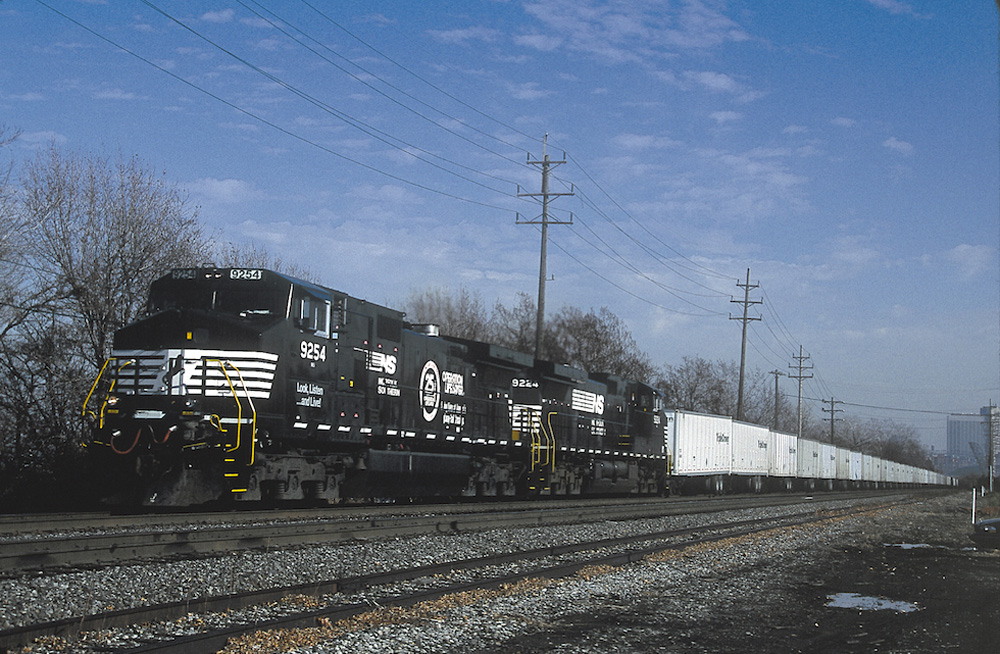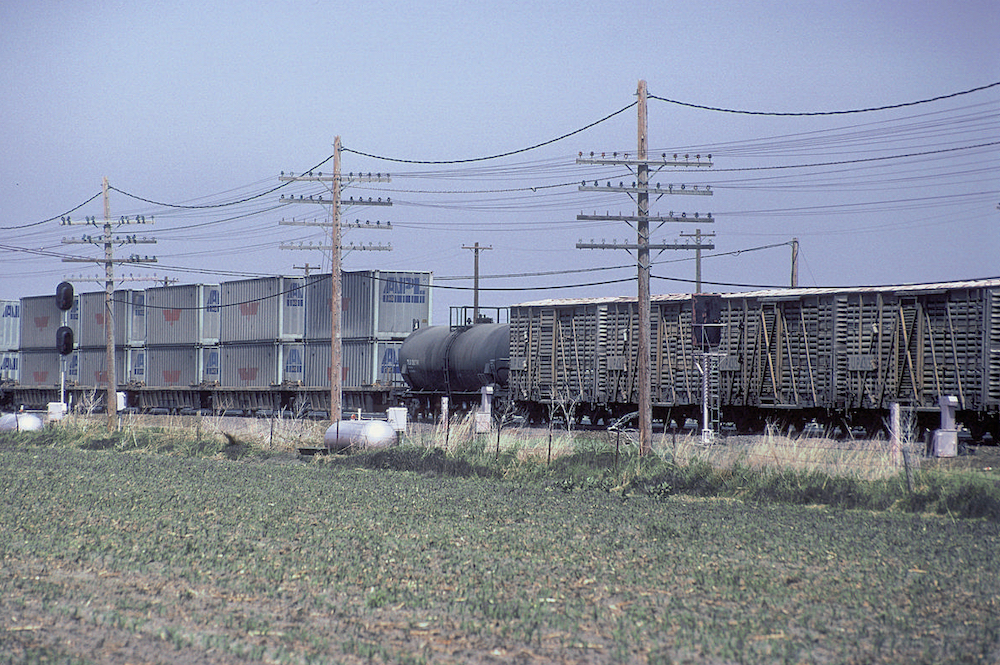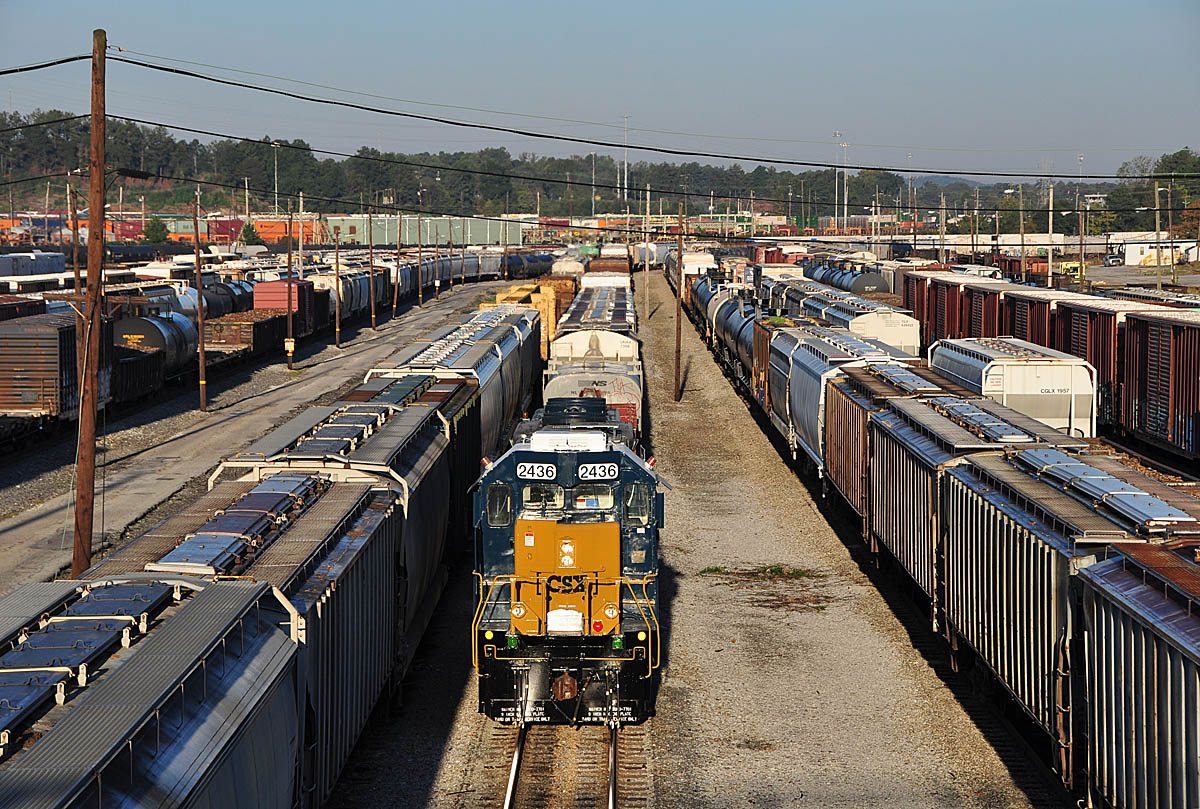
Did you ever wonder how a railroad goes about building a train schedule? It’s more complex than you may think.
Train schedules have intrigued me since my father returned from a 1966 business trip with a present of current public timetables from 13 railroads. To 11-year-old me the timetables were like windows to a new world. Before then the only passenger train I knew about was the Chicago & North Western 400 that served Michigan’s Upper Peninsula.
That new world was further expanded a few years later when I discovered a 1967 edition of the Official Railway Guide at the Northern Michigan University library. The Guide included every intercity passenger train schedule for the US, Canada, and Mexico. Although the 1967 version was only a fading reminder of the much larger issues of the past, to me it was a Rosetta Stone.
My career with Norfolk Southern was in its second decade in 1991 when I transferred from Engineering to Transportation Planning in Atlanta. Among my new duties is developing schedules for proposed trains, a task a fellow fan described as “railfan heaven”.
To make my new job even better, it permitted me to ride freights, on my own time, to better learn about the railroad and train operations. I found most crew members willing to give me plenty of free advice.
The first thing to know is that the schedules I worked on conferred no operating authority — almost every train on NS ran as an extra under the control of the dispatcher. Most freight schedules are principally marketing tools and crew and locomotive assignment planning aids. On a day-to-day basis combining or annulling scheduled trains or running late or early is common in the freight world. However, intermodal traffic was booming, and when Marketing proposed new trains they came to Transportation Planning for a schedule.
You might think that a major railroad in the 1990s would have had a computer program to gin up new schedules with a few keystrokes. And we did have a dispatch program that would, sort-of, simulate the operation of a segment of the railroad and allow us to add proposed trains to the mix. However, it took considerable computer input to “build” the segments and enter the schedules for the existing trains. And then the program took overnight to run, assuming it didn’t crash.
In my view, this program might be worth the effort for planning large capital investments like new passing tracks, but for schedule planning it required a lot of work to generate results that were no better than other simpler techniques, save for a few computer aids, probably would have been recognizable to an 1891 train scheduler.
The first step in the life of a proposed train is normally a request from Marketing for a train to serve a specific origin and destination with a specific departure or arrival time for a given volume.
The second step is to develop the basic running time, before adding time for meets, etc. For this, I used NS’ Train Performance Calculator. For a given territory I’d enter the projected train type, locomotive hp, and tonnage. In return, it provided an expected unopposed running time, ‘unopposed’ being the key word. As much as Marketing wanted everything else to clear the main line for their proposed train, on a predominantly single-track railroad that was not realistic. I would then usually add 10% to the TPC’s running time as a cushion for yard congestion.
Next, I added additional time to account for expected meets on single track, crossings of other railroads, crew changes, and en route traffic pickups and set-offs. Since meets were often the biggest source of delays, and were somewhat random, I prepared string line charts for every mainline district showing ‘time’ on the x-axis and ‘distance’ on the y-axis. Trains were represented by sloping lines, with the locations where the lines crossed in real life taking place (hopefully) at a passing track. I would superimpose my proposed schedule on the chart, and then add time to my schedule for every projected meet.
I didn’t try to guess where each meet would take place, thinking that was too exact given real-life variabilities. Instead, I added time calculated on the number of 7,000-foot-plus long passing tracks (trains were shorter then) on the district, their average spacing, and the track speed limit. I would also consider the “hotness” of the train being met relative to my proposed train. For example, I always gave Triple Crown and auto parts trains priority over my proposed schedule. Conversely, I disregarded locals and bulk trains on the assumption they would normally take most of the delay when meeting my train.
After my boss and Marketing were both satisfied with my proposed schedule, and it appeared the train might really happen, the schedule would be sent to the affected General Manager and Division Superintendents for final approval. I found they generally accepted my scheduling process even if their chief dispatchers often wanted tweaks. Then the matter would be in Marketing’s hands.
How good were my efforts? Among the schedules I recall working on that were ultimately instituted were trains 225 and 226, Memphis-Atlanta connections with the Southern Pacific’s Blue Streak Merchandise, Kansas City-Columbus, Ohio, intermodal trains 207 and 208, and train 120, moving empty auto racks from the Union Pacific at Kansas City to Detroit. I don’t recall any major schedule issues, but ultimately much depended upon crew and locomotive availabilities, timely connections, and efficient train meets that making a clear judgment was difficult.
As for me, after several years in railfan heaven, I transferred to Intermodal Operations to work on developing new and expanded intermodal facilities — but that’s another story!














Robert:
Enjoyed your article. I too was given a 1967 Official Guide which opened the world of scheduled railroading.
Today, I collect freight schedules, primarily old printed ones which are usually in railroad binders. Interesting how the schedules and blocks are (were) developed. There is a massive digital collection of Conrail schedules on Multimodal. Also the website movingthefreight.com has an historic collection of a number of railroads.
The “hot” trains today seem to be the UPS trains and those typically run on a fairly tight schedule. It is much more difficult to secure any freight schedules today, but one can certainly develop a template for railroads operations by careful observation, listening in, and noting trends and tendancies.
I have many more questions, but will post this to get the conversation going.
Ed